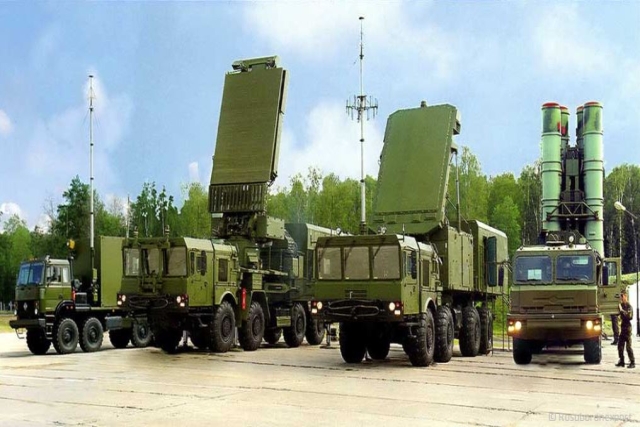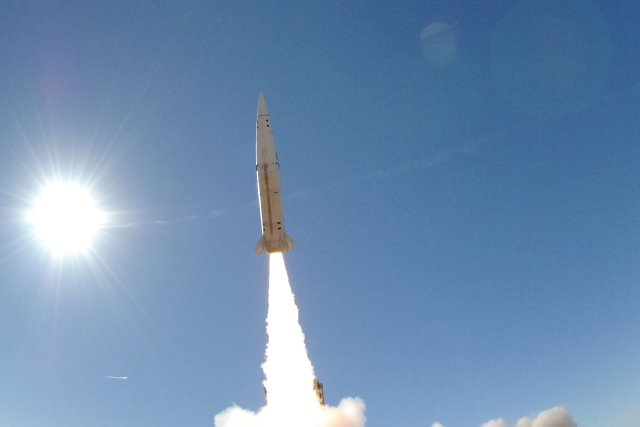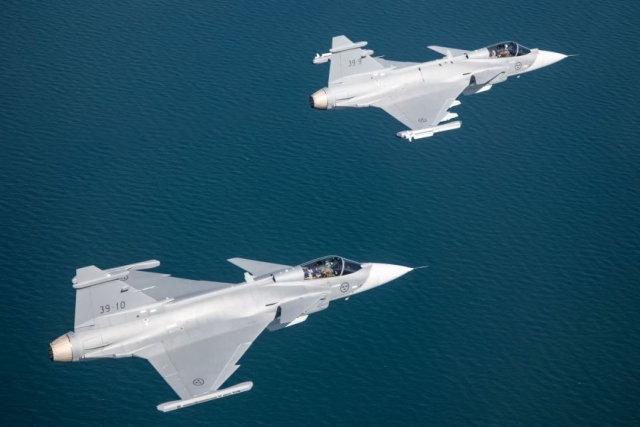Ukraine Launches ATACMS Missiles at Russian Targets in Crimea
The U.S. has previously been apprehensive about providing ATACMS to Ukraine, fearing it could provoke Russia into a wider war.
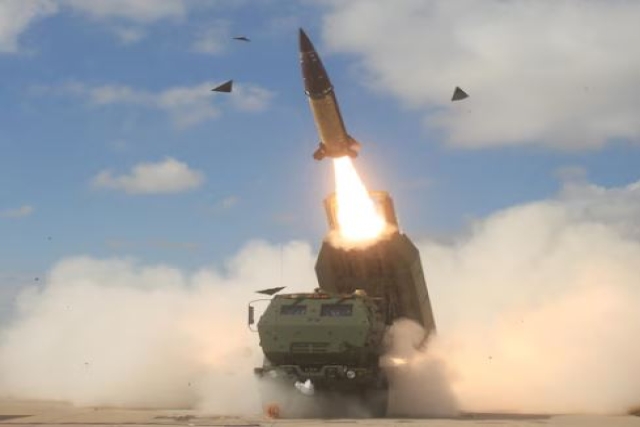
Ukraine launched a barrage of Army Tactical Missile Systems (ATACMS) at Russian military targets in Crimea, marking the first use of 300 km-range missiles.
The United States has previously been apprehensive about providing medium-range-surface-launched ATACMS to Ukraine, fearing it could provoke Russia into a wider war.
The targets of April 30 Ukrainian strike were reported to be the airfield in Dzhankoy and the locations of air defense system crews. Reports indicate that the attack was carried out in two waves, using a maximum of 15 missiles launched from the area of Berislav in the Kherson region. No casualties or damage have been reported.
Military analysts suggest that these missile strikes were primarily strategic, aiming to weaken Russian defenses in preparation for a larger offensive anticipated around May 9, coinciding with Russia's Victory Day celebrations. The goal appears to be disrupting Russian military operations and supply lines in Crimea.
For months, President Zelenskiy had urged the Biden administration to send longer-range ATACMS, carrying a 230-kilogram warhead, to strike military targets deep inside Russian lines, particularly in Crimea. Ukraine currently produces only a small number of these long-range missiles, but it aims to increase production starting this year. Last autumn, the United States sent a shorter-range version of the ATACMS, with a reach of 165 kilometers, which disperses bomblets upon explosion. Ukraine used these for the first time in October against targets in eastern Ukraine.
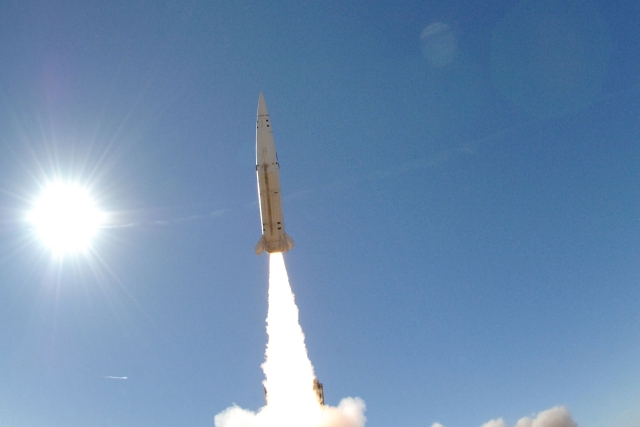
The U.S. has not disclosed how many longer-range ATACMS have been sent to Ukraine so far or how many more Ukraine might receive in the coming months.
According to The New York Times, citing unidentified U.S. officials, more than 100 of the longer-range ATACMS were delivered to Ukraine.
Colby Badhwar, an independent defense analyst, stated in a post on X (formerly Twitter) that the United States could plausibly provide Ukraine with 200 of the long-range ATACMS, and possibly more, depending on the usability of roughly 1,140 "expired" missiles in U.S. stocks.
The use of ATACMS missiles underscores Ukraine's strategy to target critical military infrastructure behind Russian lines, including air bases and the strategically vital Crimea Bridge, which serves as a primary supply route for Russian forces in the region. These missiles are capable of precision strikes against time-sensitive targets, such as air defense systems and logistical hubs.
The deployment of ATACMS represents a significant enhancement in Ukraine's military capabilities, enabling more effective targeting of Russian forces and installations in Crimea. By disrupting supply lines and logistical operations, Ukraine aims to isolate and weaken Russian forces in the region, potentially alleviating pressure on Ukrainian forces elsewhere.
